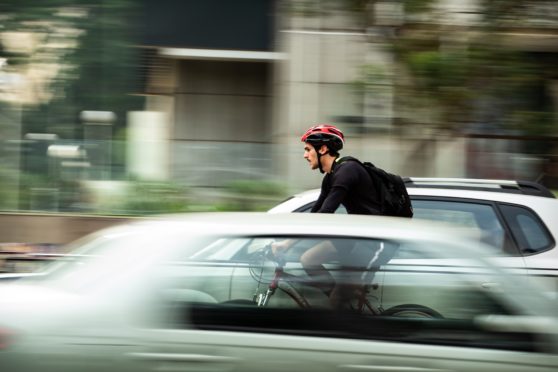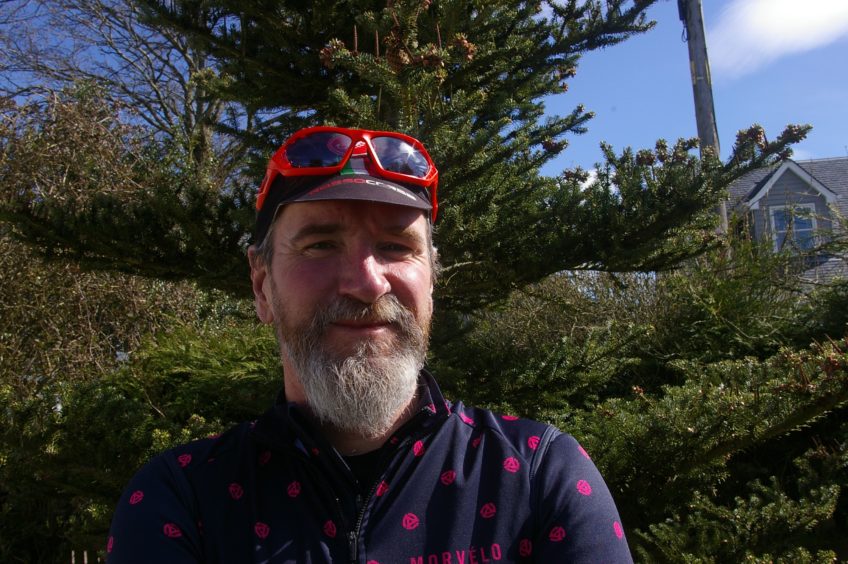The idiom “It’s as easy as riding a bike” is often thrown about when something is seen as easy to master, except the problem is that riding a bike isn’t as easy as the phrase may lead you to believe.
Of course, straddling a bike, pushing off and keeping your balance is fairly straightforward – if all you want to do is cycle in a straight line.
For many aspects of cycling, mountain biking for example, practice is the road to perfection, or in my case the road to fewer incidents of embarrassing myself as I launch myself over the handlebars.
But if you are cycling on the road, then you don’t have the luxury of gradual learning. To cycle safely on the road, you need to be confident in many different abilities, such as being able to cycle one-handed as you signal, or look over your shoulder and maintain a straight line; and all this with other road users around you.
It is ideal that you first practise these skills in a safe environment, but when you head out on the road, confident with your ability, it is easy to be suddenly intimidated by the other vehicles around you. This can knock your confidence and mean that riders end up feeling forced to cycle on the pavement, or may even put their bike away for good.
Defensive cycling is a term that is often used in road cycle training. Essentially, it is a way of training cyclists to become confident road users by showing them skills to prevent others on the road from taking advantage of their relatively small size and slow speed.
One cycle trainer once told me: “You don’t have to expect the worst to happen to prepare for it” and this is what defensive cycling is all about: giving the rider the tools and knowledge that will allow them to react more quickly should they feel at risk. It is about expecting the unexpected.
One thing I always tell my trainees is that their eyes and ears are the most important things they use when riding their bike. They should be constantly alert when riding, as often other road users will not be so alert.
When I drive my car, I am always super aware of cyclists around me and often observe their actions and reactions.
I can always tell the cyclists who aren’t so confident cycling with traffic around them – they shrink into the side of the road, letting traffic intimidate them even more and boxing themselves into a dangerous situation.
As a cyclist you should give yourself space – other road users won’t give it to you, so you need to claim it.
Space is your best friend. It will offer you that last-minute escape route; it will keep you away from that car door that just opened and it will give you room to avoid that deep pot-hole that lies ahead of you.
Giving yourself space will also allow you to become part of the flow of traffic and, despite what some may think as you cycle along a busy road, it will be you on the bike that is moving forward faster.
Riding defensively does not mean being angry at other road users; on the contrary giving other drivers a smile will move you from the position of being a cyclist to being a human being on a bike.
I use this tactic a lot when I am stopped at traffic lights to let the driver in the car behind know I know they are there. It also gives me the chance to see if they are distracted and texting on their phone, in which case I know to be aware when the lights change to green.











